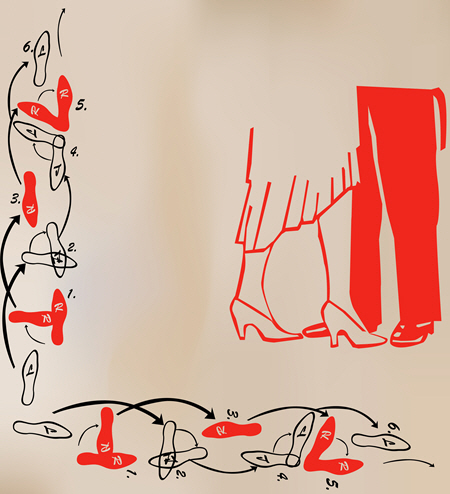 Partners do not always agree about seeking therapy.
Partners do not always agree about seeking therapy.
But it is possible to improve a relationship with only one person reaching out for help.
This may sound strange – but please keep reading!
Some partners are not ready for the vulnerability of diving into therapy. They may fear that couples therapy will be all about blame and more conflict, and they don’t want to sign up for more of that.
Some men have been taught by our culture that seeking help is weak and unmanly. After all, they are supposed to know how to “fix stuff” – but they worry they have no tools for this specific problem.
And sometimes a partner may have lost all hope. They fear that the painful, complicated hot mess of their marriage is just not fixable.
One hopeful spouse is a beginning.
So, what if the other partner carries a kernel of hope? What if they are open to the possibility that asking for help is worth a try? I have had great success in working with these “hopeful spouses” over the years.
There is only one therapist and one client in the room, but our process is distinctly different from individual therapy. It is much more like coaching, where the focus is on practical, action-oriented techniques. Sometimes, you can gain insight from the past, but that is not the main goal.
 Change in one alters the dynamics.
Change in one alters the dynamics.
Intimacy is a series of dance steps that have been practiced and reinforced countless times over the years.
I deconstruct those dance steps and look for ways that the partner I am seeing can make some changes in their behavior, attitude, or expectations.
That change, sometimes quite small, will inevitably require a different response from their partner. The pattern has been interrupted.
But hold on – this does not seem fair at all!
Why is one person doing all the “work” of the relationship? Because they are simply assuming responsibility for their part in the dance – not because it is inherently “bad” – it just hasn’t been working.
They are proactively trying to create positive change in the relationship. That is not unfair; it is just working smarter.
 Providing room to breathe may be the best solution.
Providing room to breathe may be the best solution.
I recently worked with a woman who came in because she feared her marriage was collapsing.
Her husband refused to consider marriage counseling. He was so shut down emotionally and ignored her so consistently that she was wondering if an affair was part of the mix.
As her anxiety grew, she emotionally pursued him even more. Nothing budged, he would not talk or respond to her attempts to make an emotional connection.
I recommended that she back off and give him some room emotionally. I coached her on how to be less reactive to his distance and how to maintain a more neutral stance behaviorally.
It took three weeks, but he changed his dance steps. He started to initiate conversations and sought out some time to be alone with her.
Her anxiety about their marriage decreased, and that made it easier for her to stay out of the “pursuer” role. Her sense of hope grew – and so did his.
Building intimate relationships is the goal.
“Intimate relationships cannot substitute for a life plan.
But to have any meaning or viability at all, a life plan must include intimate relationships.”
– Harriet Lerner, Ph.D.
I look forward to helping you figure out some new dance steps with the most important people in your life.


